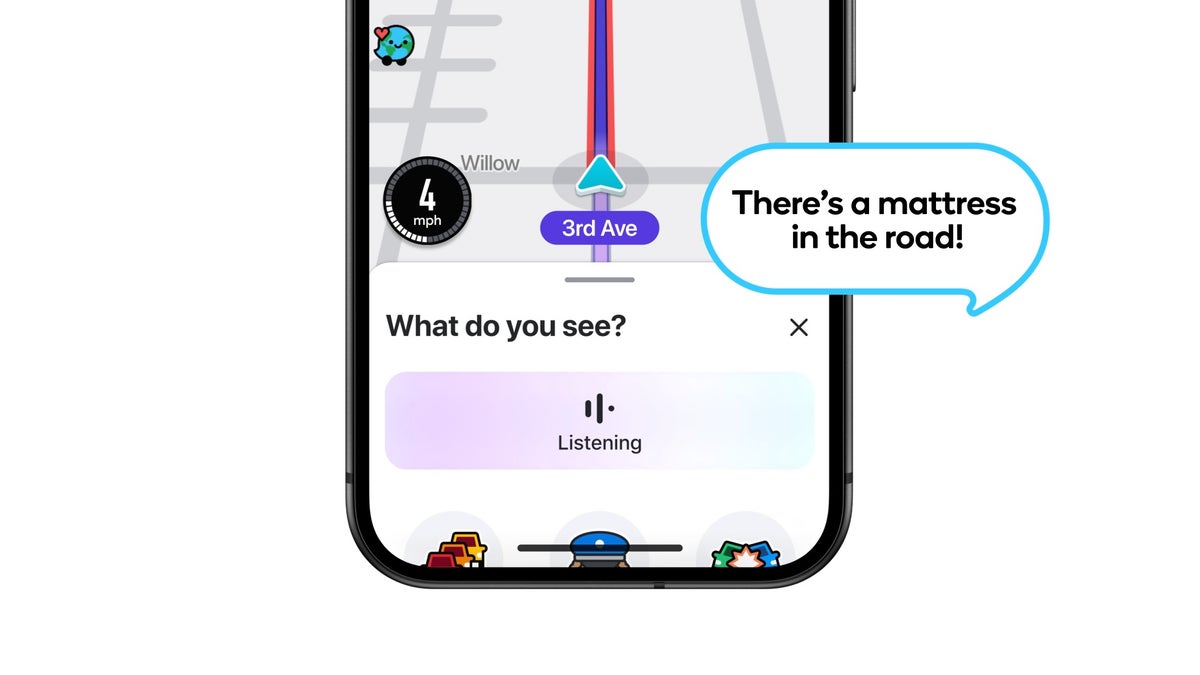- Conversational Reporting: allows drivers to report road incidents using natural voice commands.
- School Zone Alerts: warns drivers when they are approaching a school zone, reminding them to be extra cautious.
In the past, reporting incidents on Waze required drivers to navigate through menus and select specific options, which could be distracting and potentially dangerous. With Conversational Reporting, drivers can simply speak naturally, as if talking to a passenger, and Waze will understand what they’re saying. For instance, a driver could say, “There’s an accident ahead,” or “Traffic is backed up because of construction,” and Waze will automatically generate a real-time report for other users.This new feature is powered by advanced speech recognition technology that can understand a wide range of accents and dialects. Waze has also taken steps to ensure that the system is accurate and reliable, even in noisy environments. The company has tested the feature extensively with drivers around the world to ensure that it works effectively in different driving conditions.
Demo of Waze Conversational Reporting in action. | Video credit — Google
In addition to Conversational Reporting, Waze is also making it easier for map editors to add school zones to the map. This will help alert drivers to be more cautious when approaching these areas, especially during school hours. By making it easier to identify school zones, Waze is helping to create a safer environment for children and pedestrians, and to create a safer driving experience for everyone.
I think Conversational Reporting is a fantastic addition to Waze. It will definitely make me feel more comfortable reporting incidents while driving, knowing that I don’t have to take my eyes off the road. The School Zone Alerts are also a great way to improve safety around schools. It’s encouraging to see Waze continuously innovating and prioritizing user safety.
